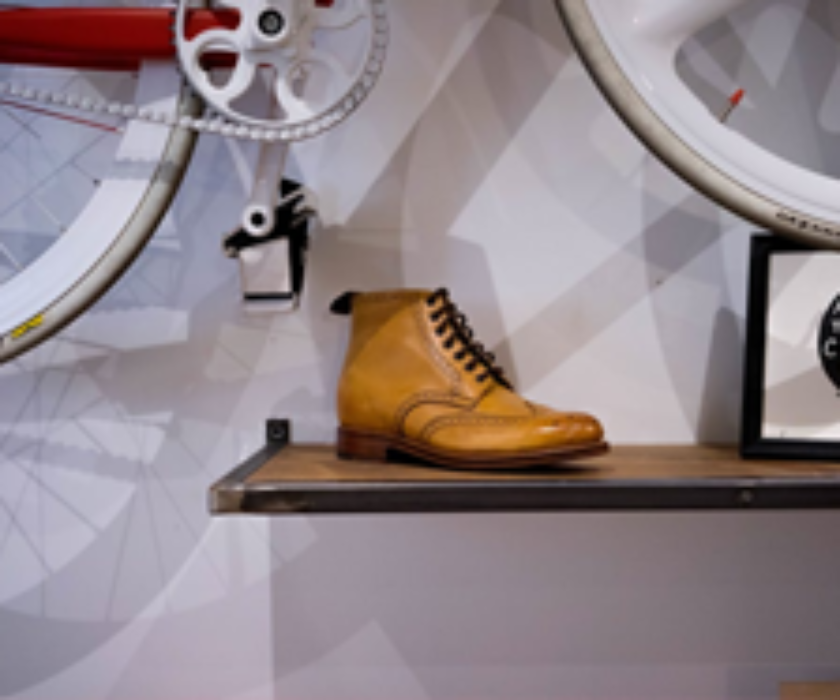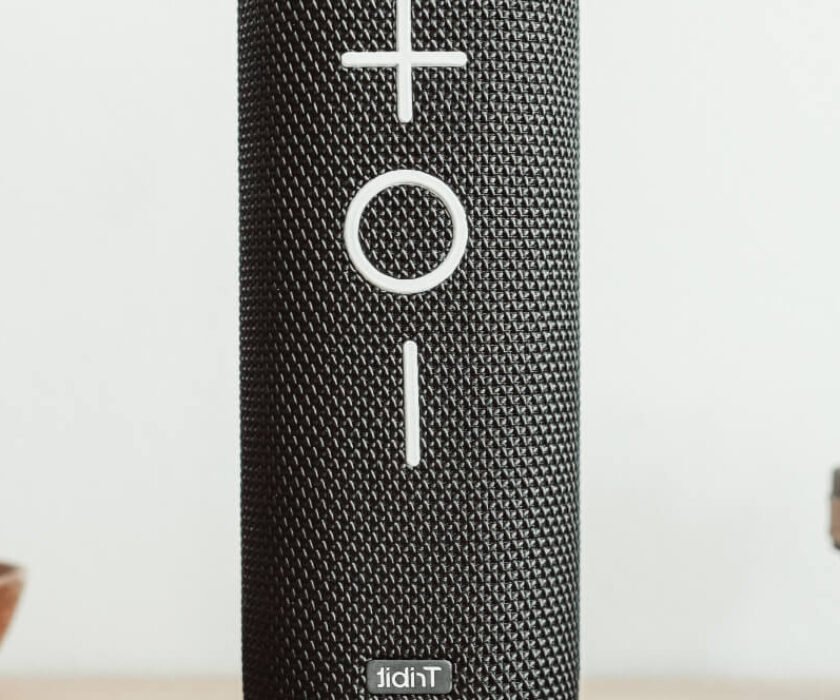Introduction:
Luxury web design is about more than just aesthetics; it’s about creating an online presence that reflects the exclusivity and elegance of a brand. In a world where first impressions are often made online, a luxury website must communicate quality, sophistication, and uniqueness from the very first click.
Key Elements of Luxury Web Design:
Luxury web design incorporates several key elements that set it apart from standard web design. These include:
- Aesthetics: The visual design must exude elegance, with high-quality imagery, sophisticated typography, and a color palette that aligns with the brand’s identity.
- User Experience (UX): A seamless and intuitive UX is critical. Users should find the website easy to navigate, with a layout that feels both natural and engaging.
- Bespoke Features: Custom functionalities, such as personalized product recommendations, exclusive content areas, and interactive elements, elevate the user’s experience and make the website feel tailored to them.
Case Studies:
Let’s look at some luxury brands that have mastered the art of luxury web design:
- Chanel: Chanel’s website is a perfect example of luxury web design. With its sleek black-and-white color scheme, minimalist layout, and high-quality imagery, the site exudes sophistication. The UX is seamless, with easy navigation and a clear focus on the brand’s heritage and product quality.
- Louis Vuitton: Louis Vuitton’s website combines high-end aesthetics with an engaging UX. The site features full-screen images, a clean layout, and interactive elements that draw users in and keep them engaged.
Conclusion:
In the world of luxury brands, a well-designed website is more than just a digital storefront; it’s a reflection of the brand’s values, quality, and exclusivity. By investing in luxury web design, brands can ensure that their online presence is as refined and elegant as the products they offer.


